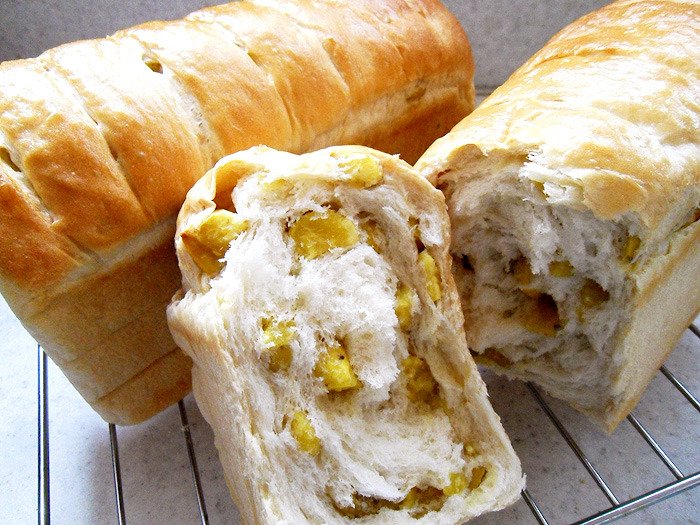
chestnut bread
Homemade chestnut braised with a moderate oven spring that pops the side and slightly shows through the gap! The bread texture is soft, chewy, and moist by mixing the braised chestnut with sweeter and savory rice powder. It's a homemade chestnut bread that tastes like commercial chestnut bread.
6 serving
Within 120 minutes
원빵
- Ingredients
-
-
Strong flour400g
-
Strong rice flour200g
-
Water380g
-
powdered milk30g
-
East9g
-
Night-dise2cup
-
Sugar30g
-
Salt10g
-
- Cooking Steps
-
STEP 1/9Mix all the ingredients and knead until gluten is formed and the dough is smooth, then shape it in a round shape and place it in a bowl, cover it with vinyl or wet cotton cloth, and ferment it first.
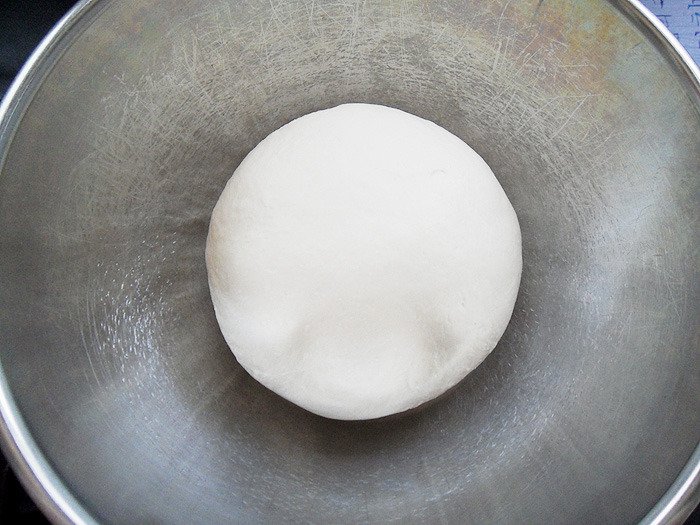 STEP 2/9Prepare the chestnut braised with a sieve and drain while the dough is fermenting.
STEP 2/9Prepare the chestnut braised with a sieve and drain while the dough is fermenting.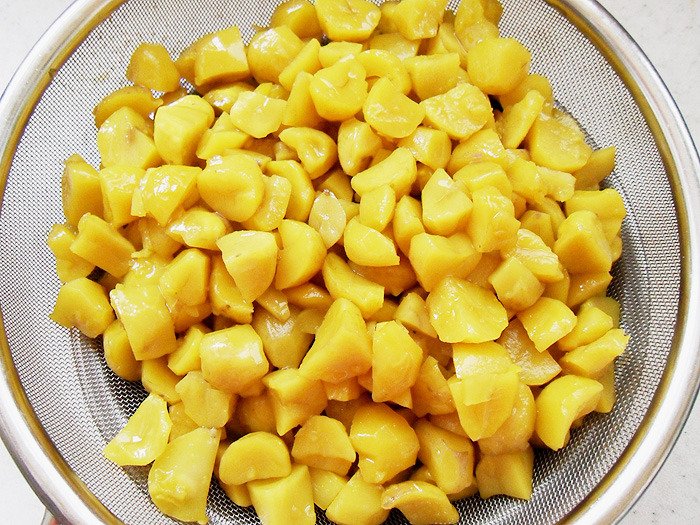 STEP 3/9After about 30 minutes, the dough that is well swollen is inflated 2.5 to 3 times, and the first fermentation is completed.
STEP 3/9After about 30 minutes, the dough that is well swollen is inflated 2.5 to 3 times, and the first fermentation is completed.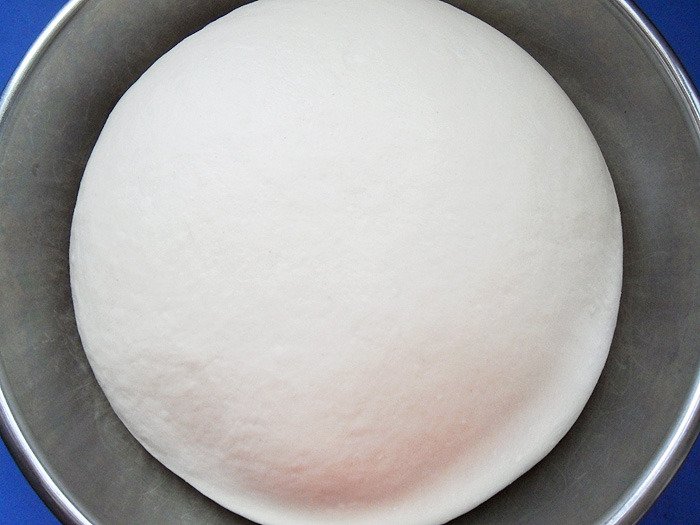 STEP 4/9Divide the dough into two and circle it, cover it with plastic or wet cotton cloth, and ferment it for about 10 to 15 minutes.
STEP 4/9Divide the dough into two and circle it, cover it with plastic or wet cotton cloth, and ferment it for about 10 to 15 minutes.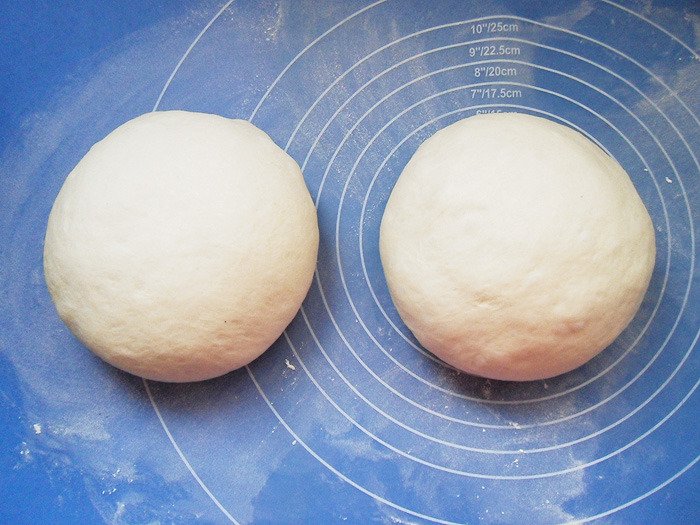 STEP 5/9After pushing the dough long up and down, place 1 cup of boiled chestnuts evenly on the dough and roll it from the top.
STEP 5/9After pushing the dough long up and down, place 1 cup of boiled chestnuts evenly on the dough and roll it from the top.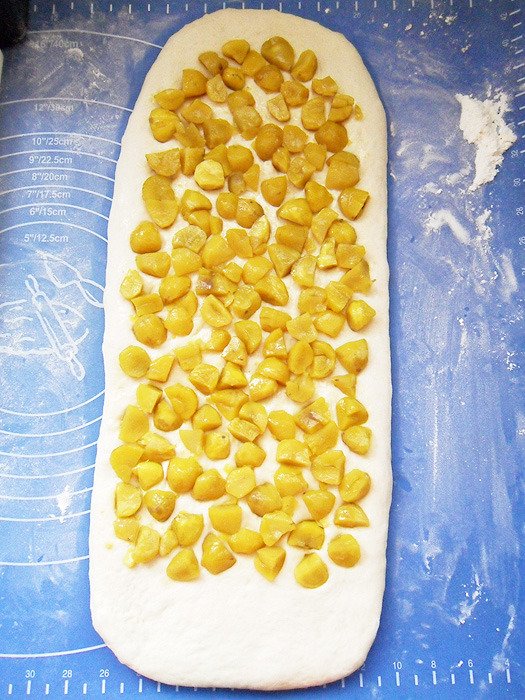 STEP 6/9Pinch tightly and form into a cylinder.
STEP 6/9Pinch tightly and form into a cylinder.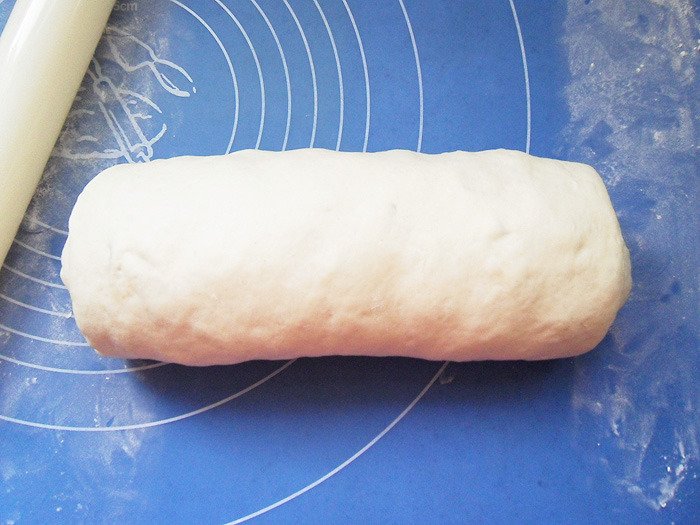 STEP 7/9After molding the rest of the dough in the same way, put it in a pan with oil on the inside and press it down with the back of your hand.
STEP 7/9After molding the rest of the dough in the same way, put it in a pan with oil on the inside and press it down with the back of your hand.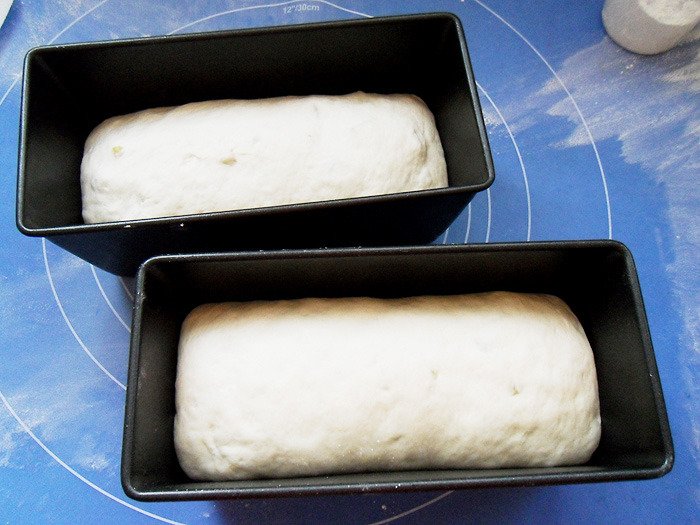 STEP 8/9Ferment the dough for a second time until it swells up as high as the pan, apply milk evenly to the top, and bake it for 30 to 35 minutes in an oven preheated to 180 to 190 degrees.
STEP 8/9Ferment the dough for a second time until it swells up as high as the pan, apply milk evenly to the top, and bake it for 30 to 35 minutes in an oven preheated to 180 to 190 degrees.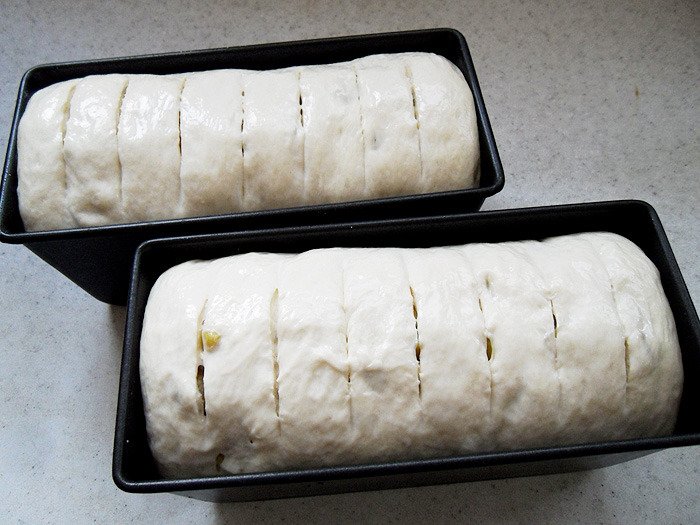 STEP 9/9Since it contains rice powder, the side may be crushed, so as soon as you take it out of the mold, lay it on a cooling net and cool it down. And if you apply a little bit of oil (or melted butter) to the top of the hot bread, the crust becomes chewy and prevents the bread from drying out,
STEP 9/9Since it contains rice powder, the side may be crushed, so as soon as you take it out of the mold, lay it on a cooling net and cool it down. And if you apply a little bit of oil (or melted butter) to the top of the hot bread, the crust becomes chewy and prevents the bread from drying out, You can replace all strong flour or all strong rice powder, but when you use all strong rice powder, you knead it with a little more than the amount of ingredients, and when you use all strong flour, you knead it with a little less. Instead of water and powdered milk, you can knead 400-420g of milk.
You can replace all strong flour or all strong rice powder, but when you use all strong rice powder, you knead it with a little more than the amount of ingredients, and when you use all strong flour, you knead it with a little less. Instead of water and powdered milk, you can knead 400-420g of milk.
- Bulgogi Recommended recipe
-
-
1
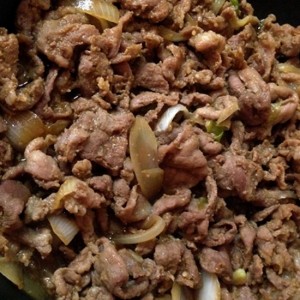 Pork Soy Sauce Bulgogi:: Pork Bulgogi, which you can enjoy a lot4.88(60)
Pork Soy Sauce Bulgogi:: Pork Bulgogi, which you can enjoy a lot4.88(60) -
2
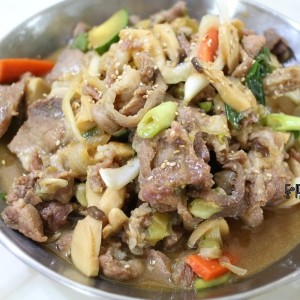 How to make Soy Sauce Pork Bulgogi with A Side Dish4.93(228)
How to make Soy Sauce Pork Bulgogi with A Side Dish4.93(228) -
3
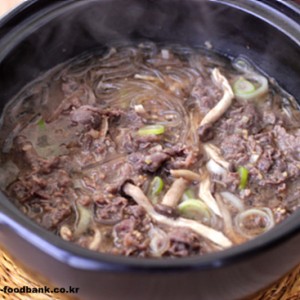 Making Bulgogi with Ttukbaegi4.98(45)
Making Bulgogi with Ttukbaegi4.98(45) -
4
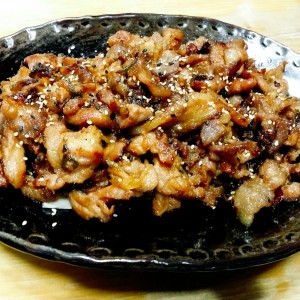 Fish sauce pork bulgogi. [Imitating Mr. Baek's fish sauce bulgog4.90(352)
Fish sauce pork bulgogi. [Imitating Mr. Baek's fish sauce bulgog4.90(352)
-
- Japchae Recommended recipe
-
-
1
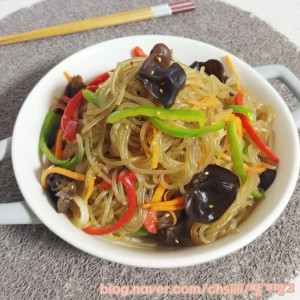 Meatless japchae (paprika japchae with only vegetables)4.88(16)
Meatless japchae (paprika japchae with only vegetables)4.88(16) -
2
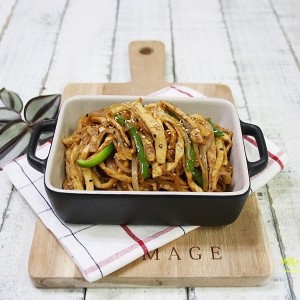 Texture gangster fish cake japchae / stir-fried fish cake4.92(12)
Texture gangster fish cake japchae / stir-fried fish cake4.92(12) -
3
 A simple recipe for japchae (cook the ingredients at once)4.88(57)
A simple recipe for japchae (cook the ingredients at once)4.88(57) -
4
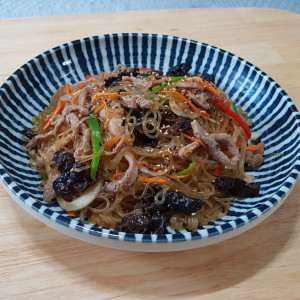 Japchae4.88(16)
Japchae4.88(16)
-